Home>Dining>Tableware>What Are The Name Tags Used On Place Settings Called
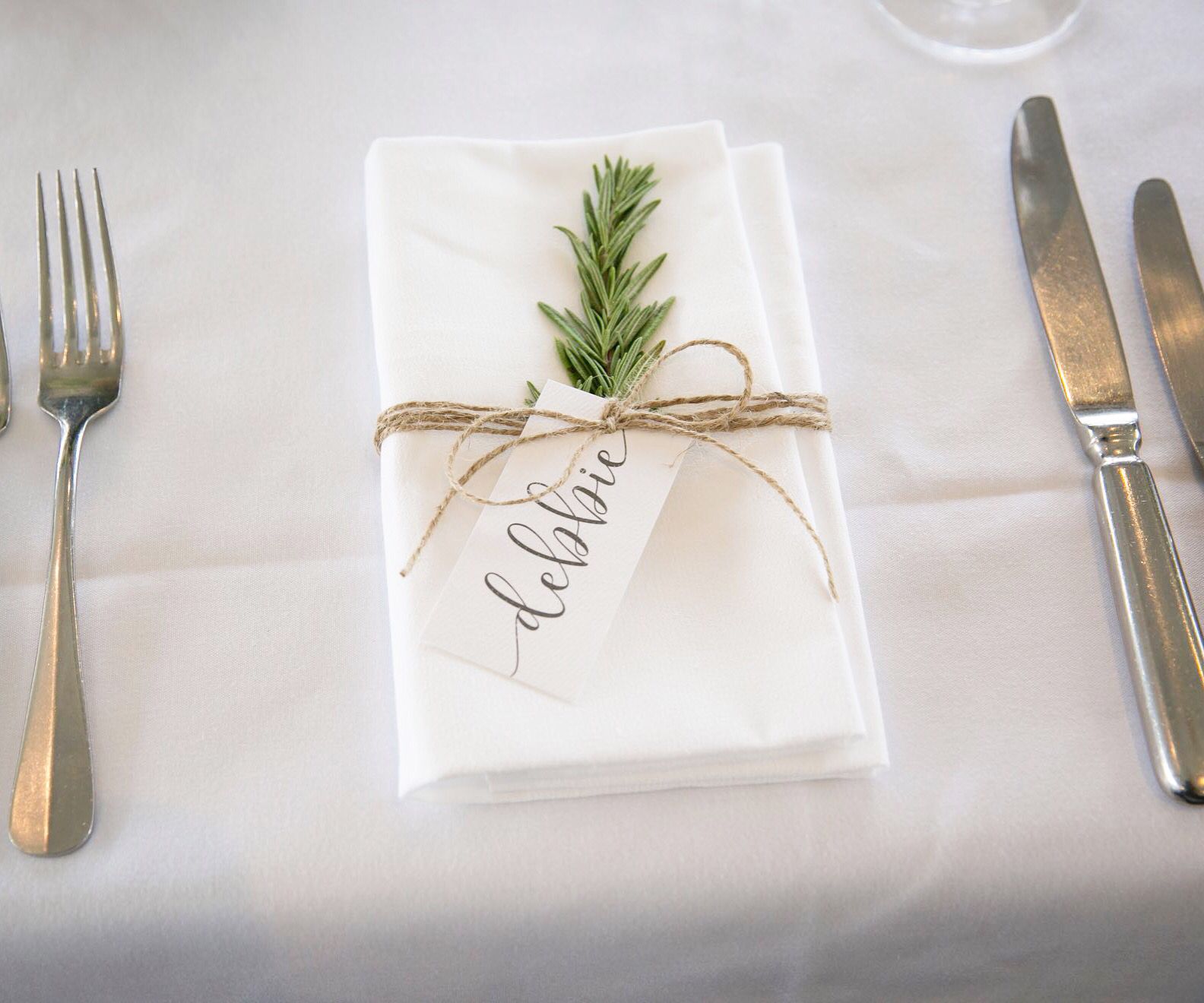

Tableware
What Are The Name Tags Used On Place Settings Called
Modified: January 4, 2024
Discover the name tags used on place settings called tableware. Learn about the different types of tableware and their significance in formal dining settings.
(Many of the links in this article redirect to a specific reviewed product. Your purchase of these products through affiliate links helps to generate commission for Storables.com, at no extra cost. Learn more)
Introduction
When it comes to hosting an event or a formal gathering, attention to detail is key. From selecting the perfect tableware to arranging the seating plan, every aspect contributes to creating a memorable and refined experience for guests. One of the essential elements of a well-organized place setting is the name tag. These small but significant additions not only add a personal touch but also help in ensuring a smooth flow of events.
In this article, we will explore the world of name tags used on place settings. We will delve into their definition, purpose, different types, and even alternative options that can be used. Additionally, we will discuss the proper etiquette and guidelines for using name tags, as well as the importance of including them in your place settings.
Whether you are hosting a wedding, a corporate event, or a simple dinner party, understanding and incorporating name tags can elevate your event to new heights of elegance and sophistication.
Key Takeaways:
- Name tags on place settings serve as more than just identification; they add a personal touch, foster organization, and create networking opportunities, enhancing the overall guest experience at any event.
- From traditional paper tags to modern acrylic designs, the choice of name tags reflects the event’s style and theme, showcasing attention to detail and professionalism while making guests feel valued and connected.
Read more: What Is A Balcony Railing Called
Definition of Name Tags
Name tags, also known as place cards or table cards, are small cards or tags that are placed on individual place settings to identify the assigned seat or indicate the name of the guest. These tags are typically positioned above or next to the plate and serve as a form of introduction and organization for guests.
The name tags can be made from a variety of materials, including paper, cardstock, or even acrylic. They can be plain and simple, or they can be adorned with decorative elements like ribbons, embossing, or calligraphy. The design of the name tag can vary depending on the theme, formality, and personal preference of the host.
Traditionally, name tags would only include the guest’s name. However, they can also include other details such as the event date, table number, or even a personalized message. The choice of information included on the name tag is entirely up to the host and the specific occasion.
Overall, the purpose of name tags is to provide guests with a personalized and designated space at the table, allowing for a more organized and efficient seating arrangement.
Purpose of Name Tags on Place Settings
The inclusion of name tags on place settings serves several important purposes. Let’s take a closer look at why name tags are a valuable addition to any event:
- Identification: Name tags help guests easily locate their assigned seats without any confusion. This is especially helpful in larger events or gatherings where there may be several tables and guests who are unfamiliar with each other. By having their names clearly displayed, guests can quickly find their designated place at the table.
- Personalization: Name tags add a personal touch to each place setting. By addressing guests by their names, you create a welcoming and inclusive atmosphere. It shows that you have taken the time to consider each individual and their presence is valued. This personalization can make guests feel more comfortable and engaged during the event.
- Organization: Name tags play a crucial role in maintaining an organized seating plan. By assigning specific seats to guests, you can strategically arrange the seating to ensure a balanced and harmonious environment. This can be particularly important for events where relationship dynamics need to be taken into account, such as weddings or formal business gatherings.
- Networking: Name tags can facilitate networking opportunities among guests. When names are clearly displayed, it becomes easier for individuals to approach and initiate conversations with one another. Guests can use the name tag as a conversation starter, leading to meaningful connections and interactions.
- Efficiency: Name tags streamline the seating process and eliminate any guesswork or confusion. Guests can quickly find their assigned seats, allowing the event to proceed smoothly and without unnecessary interruptions or delays. This ensures that the flow of the event remains seamless and enjoyable for everyone involved.
Overall, the purpose of name tags on place settings is to enhance the guest experience by providing clear identification, personalization, organization, networking opportunities, and efficient event management. These small details can make a significant impact on the overall success and enjoyment of the occasion.
Different Types of Name Tags
Name tags come in various styles and materials, allowing hosts to choose the option that best suits the event theme, formality, and personal preference. Let’s explore some of the most common types of name tags:
- Traditional Paper Name Tags: These are the classic name tags that are commonly seen at formal events. They are typically made of cardstock or paper and can be plain or embellished with elegant designs and patterns. Traditional paper name tags offer a timeless and sophisticated look.
- Acrylic Name Tags: Acrylic name tags have gained popularity in recent years due to their modern and sleek appearance. These tags are made of clear or colored acrylic and can be custom made with engraved or printed names. Acrylic name tags add a contemporary touch to any event.
- Electronic Name Tags: In this digital age, electronic name tags have become an innovative option. These tags often include a screen or LED display where the guest’s name can be electronically displayed. Electronic name tags can be reusable and can be updated easily to accommodate any changes in seating arrangements.
- Edible Name Tags: For a unique and whimsical twist, edible name tags can be a delightful option. These name tags are typically made of edible paper or frosting and can be placed on or attached to the dessert or drink served with the meal. Edible name tags offer a playful and memorable element to the dining experience.
- DIY Name Tags: For those who prefer a personal touch, DIY name tags are a great option. These name tags can be created using various materials, such as craft paper, ribbon, or natural elements like leaves or twigs. DIY name tags allow hosts to showcase their creativity and add a special homemade touch to the event.
These are just a few examples of the diverse options available for name tags on place settings. Whether you opt for a traditional paper tag, a modern acrylic design, or an innovative electronic tag, the choice ultimately depends on the event’s style, theme, and your personal taste.
Traditional Name Tags
Traditional name tags have a timeless appeal and are commonly used in formal events such as weddings, galas, and upscale corporate gatherings. They exude elegance and sophistication while providing clear identification for guests. Here are some characteristics of traditional name tags:
- Material: Traditional name tags are typically made of high-quality cardstock or paper. The thickness and texture of the paper can vary to create a luxurious feel.
- Design: Traditional name tags often feature classic designs, such as borders, filigree, or ornate patterns. These embellishments can be done using printing techniques like foil stamping or embossing, enhancing the overall aesthetic appeal.
- Font: The font selection for traditional name tags is usually formal and elegant. Popular choices include calligraphy-inspired fonts or serif fonts that lend an air of sophistication. The font color is usually black or a complementary color that complements the event’s color scheme.
- Placement: Traditional name tags are typically positioned above the plate on the right side of the place setting. They can be placed on a folded napkin or a small decorative holder to elevate their presentation.
- Personalization: Traditional name tags generally display the guest’s name prominently. However, some hosts may choose to include additional details like the event date, table number, or a personalized message, adding a special touch to each tag.
Traditional name tags offer a classic and refined option for formal events. They create a sense of elegance and establish a cohesive and organized table setting. Guests can easily identify their assigned seat while appreciating the attention to detail.
When using traditional name tags, it’s important to ensure that they are well-designed, legible, and clearly visible. The font size should be large enough for guests to read comfortably, and the placement should not obstruct the guest’s view or hinder table conversation.
Overall, traditional name tags remain a popular choice for formal events, combining sophisticated design with practical functionality.
The name tags used on place settings are called place cards. They are used to indicate where each guest should sit at a table for a formal event or gathering.
Read more: What Place Settings Are Millennials Using
Modern Name Tags
In contrast to traditional name tags, modern name tags introduce contemporary elements and innovative materials, reflecting the ever-evolving trends in event design. These name tags offer a fresh and stylish twist, adding a touch of modernity to any occasion. Here are some characteristics of modern name tags:
- Material: Modern name tags often utilize unique materials such as acrylic, wood, or metal. These materials provide a sleek and polished look, differentiating them from traditional paper tags.
- Design: Modern name tags embrace minimalist and clean designs. They may feature geometric shapes, smooth edges, and a focus on simplicity. The design can be laser engraved, printed digitally, or even personalized with the guest’s initials or a custom logo.
- Font: Modern name tags often utilize sans-serif fonts or contemporary typefaces. These fonts are clean and easy to read, aligning with the minimalist aesthetic. The font color can range from black to bold, contrasting shades that match the event’s color scheme.
- Placement: Modern name tags can be placed in various locations within the place setting to create an artistic display. They can be suspended from the glassware, inserted into a cardholder, or even affixed to a napkin ring. The placement of modern name tags tends to be more creative and visually engaging.
- Personalization: Similar to traditional name tags, modern name tags primarily display the guest’s name. However, hosts can also opt to include additional information such as social media handles or hashtags, incorporating a digital element into the design.
Modern name tags offer a contemporary and stylish alternative to traditional options. They bring a fresh and unique aesthetic to the table, showcasing the host’s attention to detail and their embrace of current design trends.
When using modern name tags, it’s essential to consider their visibility and functionality. The font should be legible and contrast well with the background color or material. The placement should not hinder the guest’s interaction or obstruct the view of other guests.
Overall, modern name tags offer a creative and visually appealing way to identify guests while adding a touch of sophistication to the place setting. They serve as an excellent choice for events that aim to showcase a contemporary and stylish atmosphere.
Alternative Name Tag Options
While traditional and modern name tags are popular choices for place settings, there are also alternative options that can add a unique and creative touch to your event. These alternatives offer different ways to identify guests and can be tailored to suit the theme and style of your occasion. Here are some alternative name tag options:
- Chalkboard or Slate Name Tags: Chalkboard or slate name tags provide a rustic and charming look. Guests’ names can be written or drawn on the surface with chalk or chalk markers. The advantage of these tags is that they can be reused for future events, making them a sustainable option.
- Greenery or Floral Name Tags: For a natural and whimsical touch, greenery or floral name tags can be used. Small sprigs of greenery, like herbs or ferns, can be attached to a place card, or a flower can be placed on each plate with the guest’s name attached. These tags add elegance and a sense of botanical beauty to the table.
- Customized Keepsakes: Instead of traditional name tags, consider personalized keepsakes that guests can take home as a memento. These can be small items like engraved keychains, customized coasters, or even mini photo frames with the guest’s name inserted. These unique alternatives serve a dual purpose of identification and a cherished gift.
- Digital or Virtual Name Tags: In the age of technology, digital or virtual name tags have become increasingly popular. These are electronic name tags that can be displayed on digital screens, such as tablets or monitors, placed at each place setting. The information on these tags can be updated in real-time and can include dynamic content like animated designs or personalized messages.
- QR Code Name Tags: QR codes provide an interactive and modern method of identification. Each guest can be assigned a unique QR code that, when scanned with a smartphone, reveals their name and other relevant details. QR code name tags add a tech-savvy element to the event and encourage guest engagement.
These alternative name tag options offer a creative and personalized way to identify guests while adding a unique touch to your event’s aesthetic. By choosing one of these alternatives, you can make a memorable impression and customize the experience for your guests.
When using alternative name tag options, it’s essential to ensure that they are clear, easily readable, and appropriately displayed. Consider the size and placement to ensure that guests can find their seats without confusion and that the tags enhance the overall ambiance of the table.
Overall, alternative name tags provide endless possibilities for customization, allowing you to create a truly one-of-a-kind experience for your guests.
Etiquette and Guidelines for Using Name Tags
While name tags may seem like a simple addition to a place setting, there are certain etiquette and guidelines to consider to ensure a seamless and respectful experience for everyone. Let’s explore some key etiquette tips and guidelines for using name tags:
- Accuracy: Ensure that the names on the tags are spelled correctly and accurately reflect the guests’ preferred names. Double-checking the guest list before printing or writing the names can help avoid any embarrassing mistakes or misunderstandings.
- Visibility: Place the name tags in a prominent and easily visible location on the place setting. This allows guests to quickly and effortlessly find their seats. Avoid placing the tags where they may be obstructed by utensils, glassware, or other table decorations.
- Legibility: Select a font size and style that is legible from a reasonable distance. Guests should be able to read their names without straining their eyes. Consider the lighting conditions of the venue and adjust the font color accordingly for maximum visibility.
- Consistency: Ensure that all name tags are consistent in design and placement throughout the event. This creates a sense of visual harmony and professionalism. Consistency is especially important if there are multiple tables or seating arrangements.
- Respect Personal Space: When placing name tags, respect the personal space of each guest. Avoid crowding the place setting with excessive decorations or overly large name tags. Give guests enough room for their plates, cutlery, and glassware.
- Update Changes: If there are any last-minute changes in the seating plan or guest list, make the necessary updates to the name tags. This may involve re-printing or re-writing names to ensure accurate identification. Doing so will avoid any confusion or discomfort for guests.
- Consider Cultural Sensitivities: Take into account any cultural sensitivities or preferences when designing name tags. Avoid using materials or symbols that may be offensive or culturally inappropriate. Pay attention to individual dietary restrictions and include them discreetly if necessary.
- Remove Unused Name Tags: At the end of the event or meal, remove any unused or unclaimed name tags. This sends a signal that the event has ended and helps maintain a clutter-free environment. It also prevents confusion and potential embarrassment for future events.
Following these etiquette and guidelines for using name tags will ensure a smooth and enjoyable experience for your guests. Remember, the aim is to provide clear identification, enhance the overall ambiance, and make guests feel valued and welcome throughout the event.
Importance of Using Name Tags on Place Settings
The inclusion of name tags on place settings may seem like a small detail, but it holds significant importance in enhancing the overall experience for both hosts and guests. Let’s explore the reasons why using name tags is essential:
- Organization and Efficiency: Name tags on place settings provide a clear and organized seating arrangement. Guests can easily locate their assigned seats, avoiding any confusion or chaos. This streamlines the event and allows it to flow smoothly, ensuring that everyone is seated in the right place at the right time.
- Personalization and Connection: Name tags bring a personal touch to the dining experience. By addressing guests by their names, you create an immediate connection and a sense of familiarity. This personalization makes guests feel valued and welcomed, fostering a positive and inclusive atmosphere.
- Networking and Engagement: Name tags can serve as conversation starters and facilitate networking opportunities. Guests can quickly identify and approach others by their names, breaking the ice and initiating conversations. This can lead to meaningful connections and interactions, allowing guests to establish new relationships or strengthen existing ones.
- Social Comfort: Name tags on place settings can alleviate social anxiety and discomfort. Guests may feel more at ease knowing the names of those around them, making it easier to engage in conversations and participate in group activities. Name tags help to create a welcoming and inclusive environment, ensuring that everyone feels comfortable and included.
- Efficient Service: For events that involve meal service, name tags can aid in delivering efficient and personalized service. Waiting staff can easily identify guests by their names, ensuring that meals are served to the correct individuals and any special dietary requirements are met, resulting in a smooth and enjoyable dining experience.
- Professionalism: The use of name tags demonstrates an attention to detail and professionalism on the part of the host. It shows that careful thought has been given to the event and its organization. Guests will appreciate the effort put into making their experience memorable and enjoyable.
Overall, name tags on place settings contribute to a well-organized, personalized, and engaging event. They not only provide clear identification but also foster connection, create a comfortable environment, and add a touch of professionalism to the occasion.
Whether it’s a formal gala, a corporate event, or an intimate dinner party, the use of name tags demonstrates a commitment to ensuring a seamless and enjoyable experience for all attendees.
Conclusion
Name tags may be small in size, but they play a significant role in enhancing the overall experience of an event or gathering. From traditional paper tags to modern acrylic designs, there are various options to choose from, allowing hosts to tailor the name tags to match the theme and style of the occasion.
By using name tags on place settings, hosts can achieve several goals. They provide clear identification, making it easier for guests to locate their assigned seats and fostering a sense of organization and efficiency. Name tags also add a personal touch, creating a welcoming and inclusive atmosphere where guests feel valued and connected.
The inclusion of name tags allows networking opportunities to flourish, providing guests with a conversation starter and facilitating meaningful conversations and interactions. It can alleviate social discomfort and encourage engagement among attendees.
Name tags can also contribute to efficient service, ensuring that meals are served to the correct individuals and any dietary preferences or restrictions are met. Moreover, the use of name tags demonstrates professionalism and attention to detail on the part of the host, creating a positive impression and leaving a lasting impact on guests.
While following the etiquette and guidelines for using name tags, hosts can ensure that the tags are legible, well-placed, and accurately represent the guests’ names. Thoughtful consideration of alternative name tag options and customization can further enhance the unique and memorable experience for guests.
In conclusion, incorporating name tags on place settings is a simple yet impactful way to elevate any event. It adds an element of organization, personalization, and connection, making each guest feel special and contributing to a seamless and enjoyable gathering. So, the next time you host an event, don’t overlook the importance of including name tags on your place settings. Your guests will appreciate the thought and effort put into creating a memorable and refined experience.
Frequently Asked Questions about What Are The Name Tags Used On Place Settings Called
Was this page helpful?
At Storables.com, we guarantee accurate and reliable information. Our content, validated by Expert Board Contributors, is crafted following stringent Editorial Policies. We're committed to providing you with well-researched, expert-backed insights for all your informational needs.
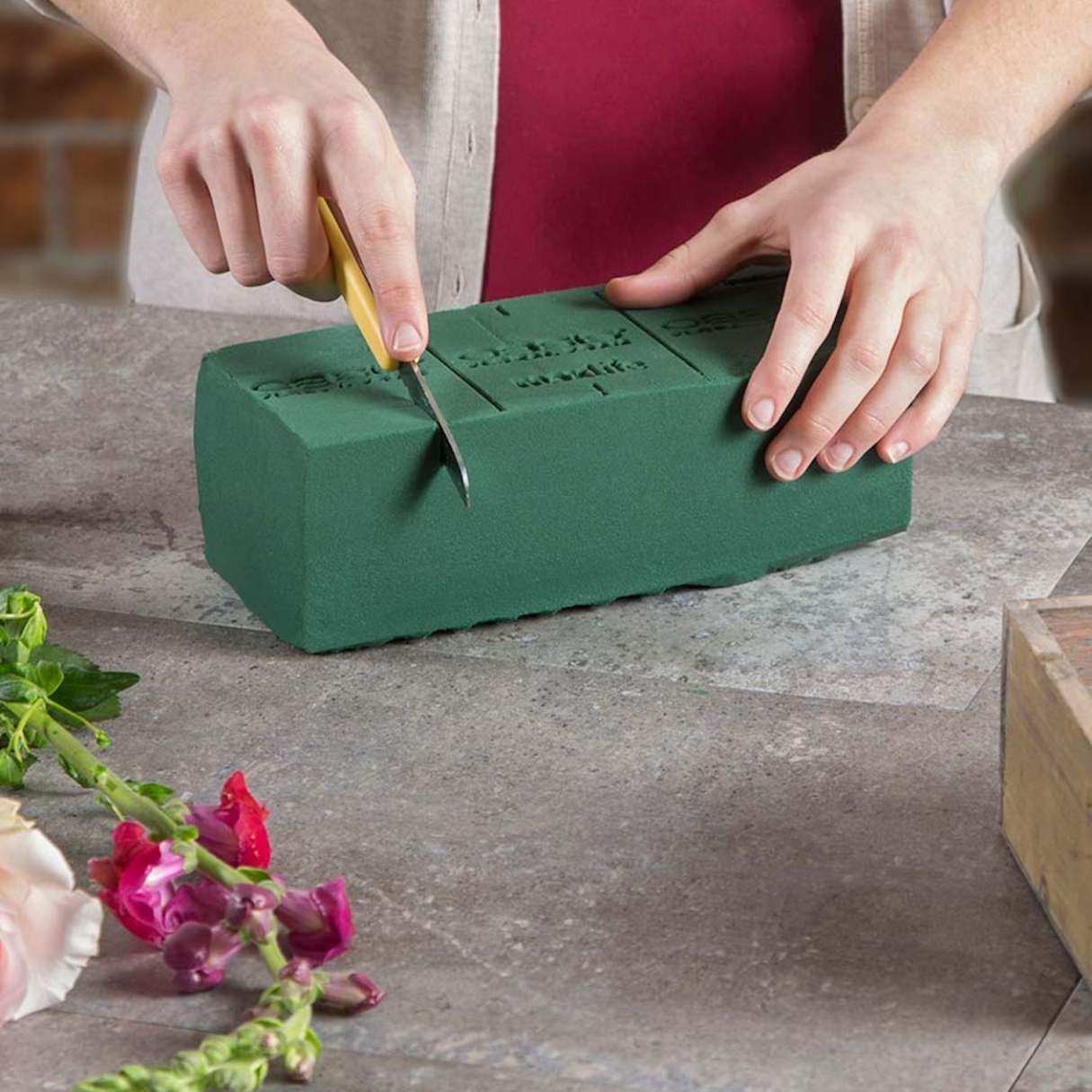








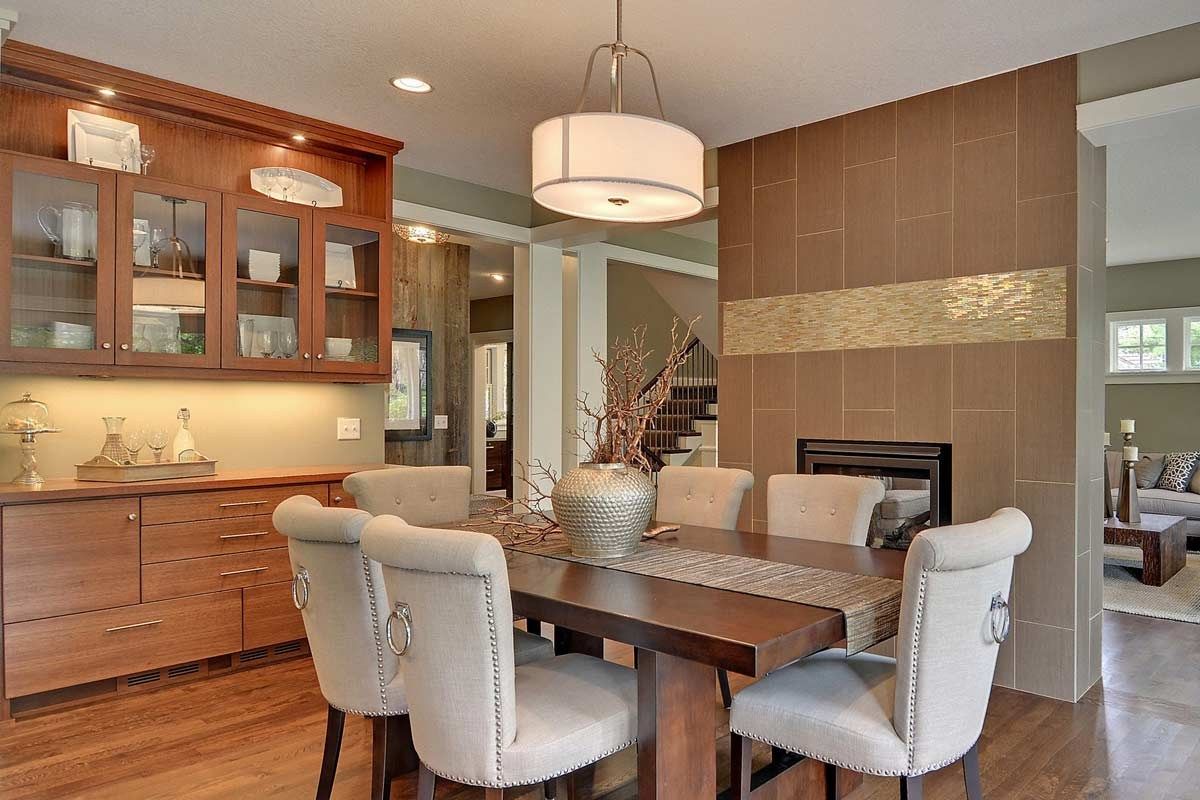
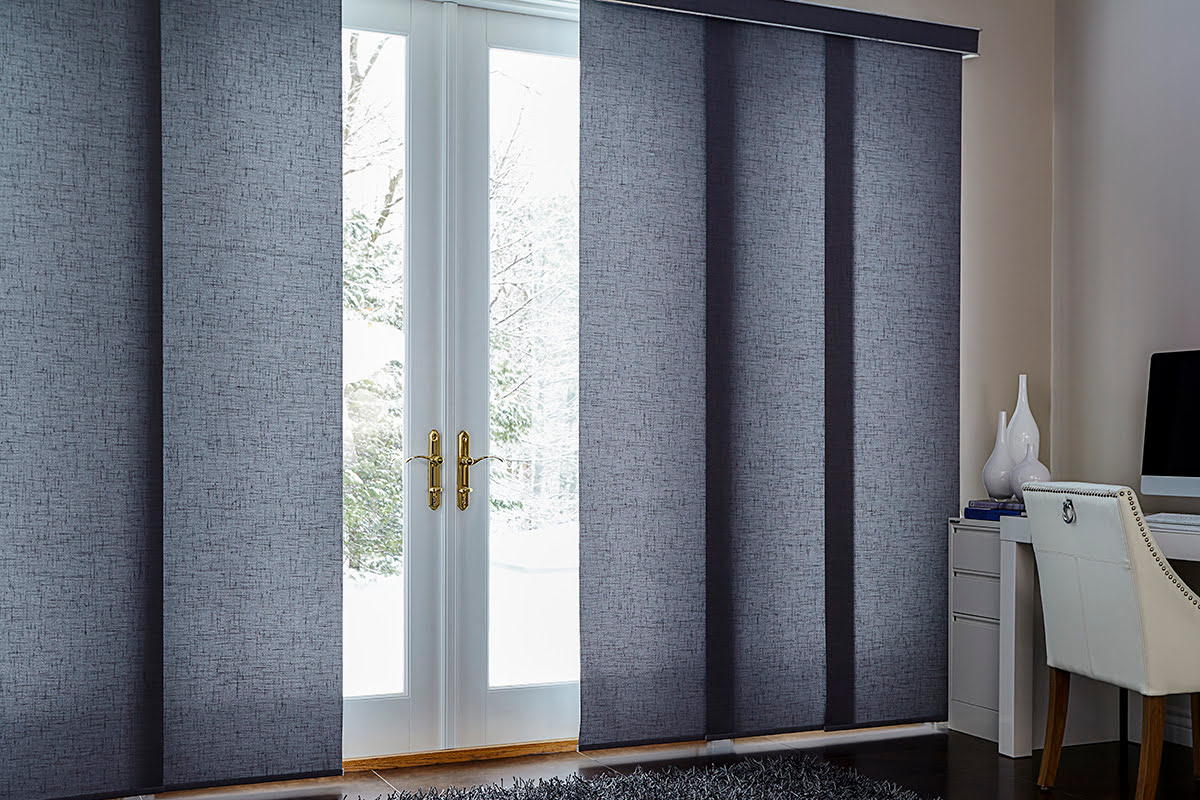
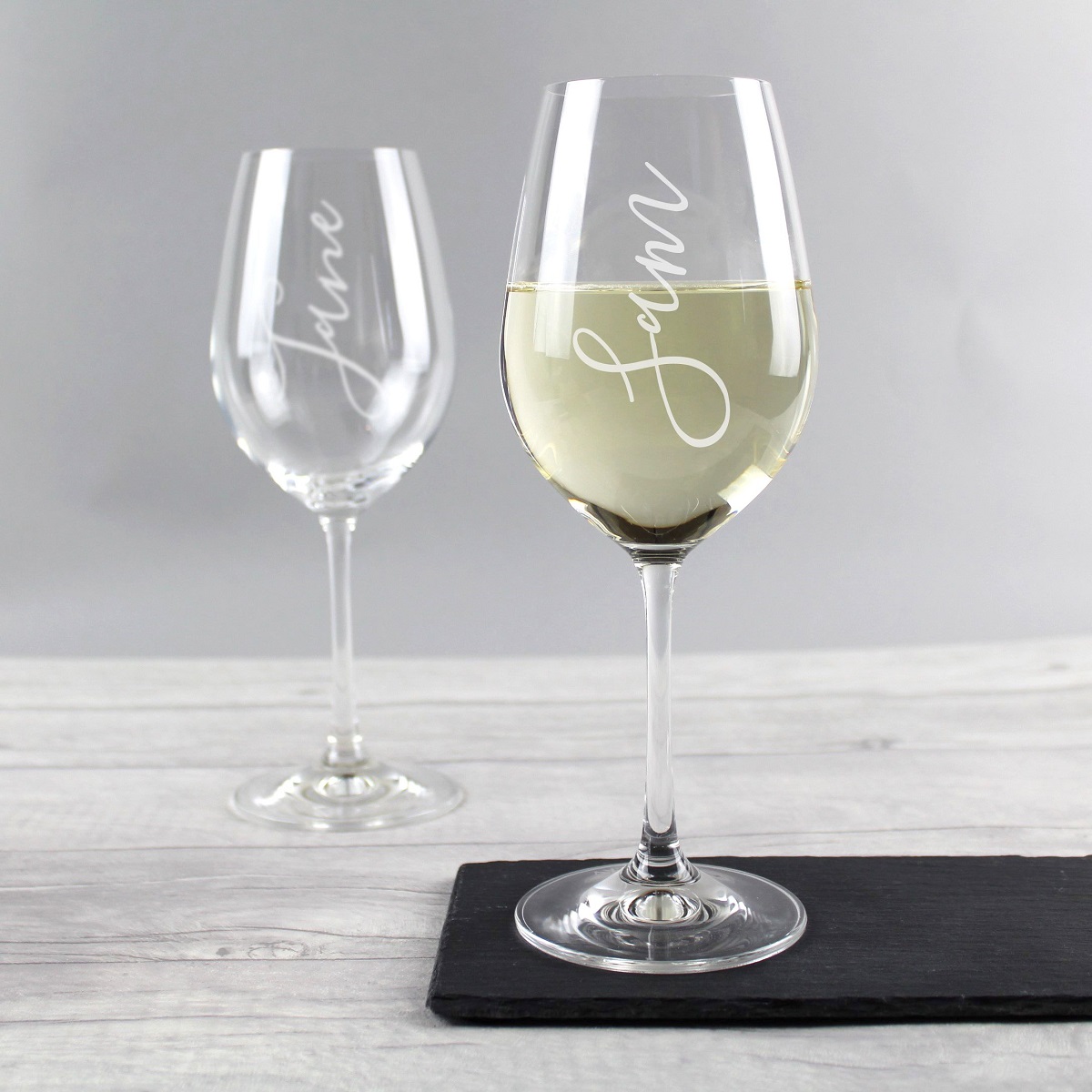
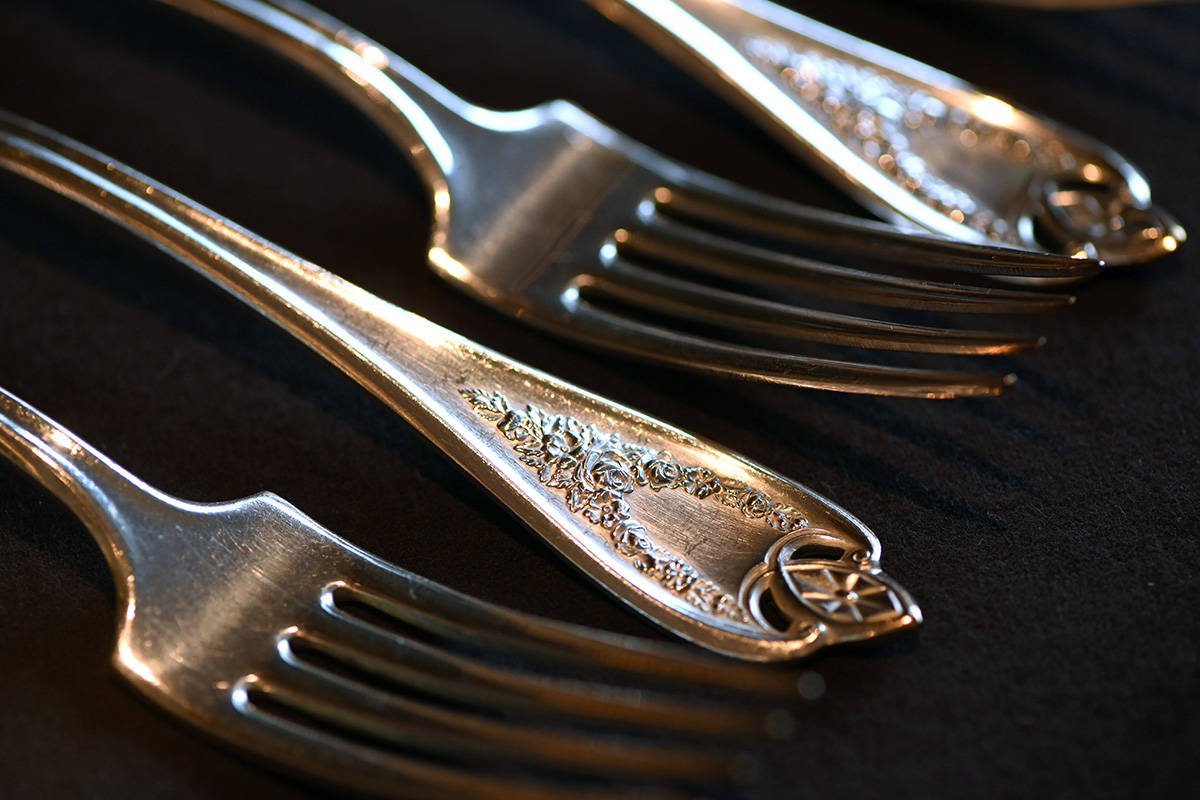

0 thoughts on “What Are The Name Tags Used On Place Settings Called”